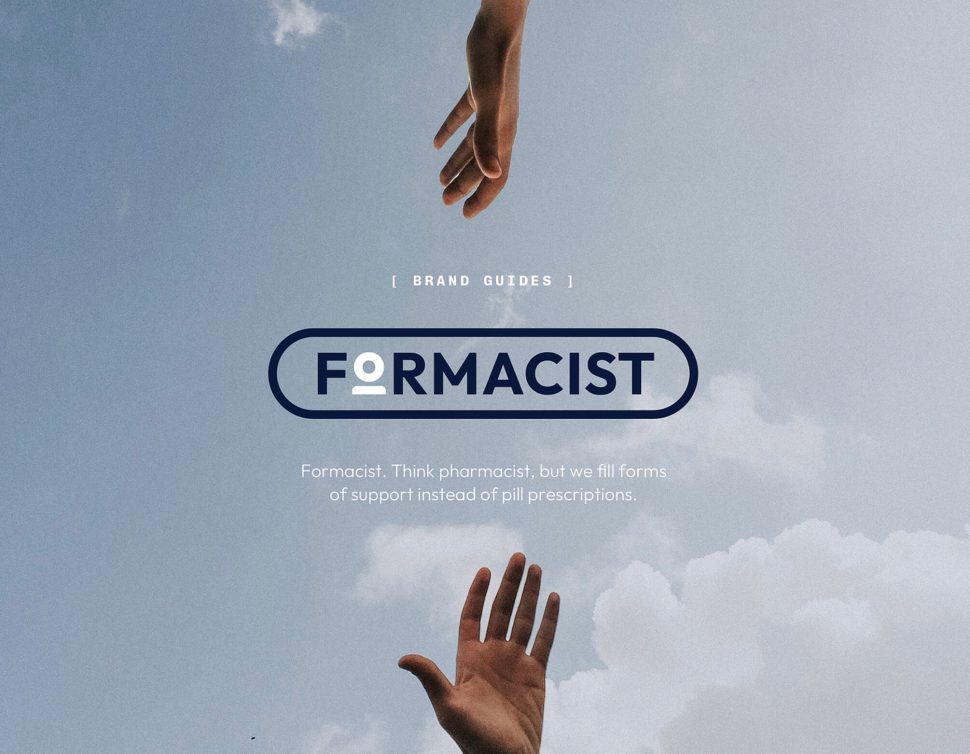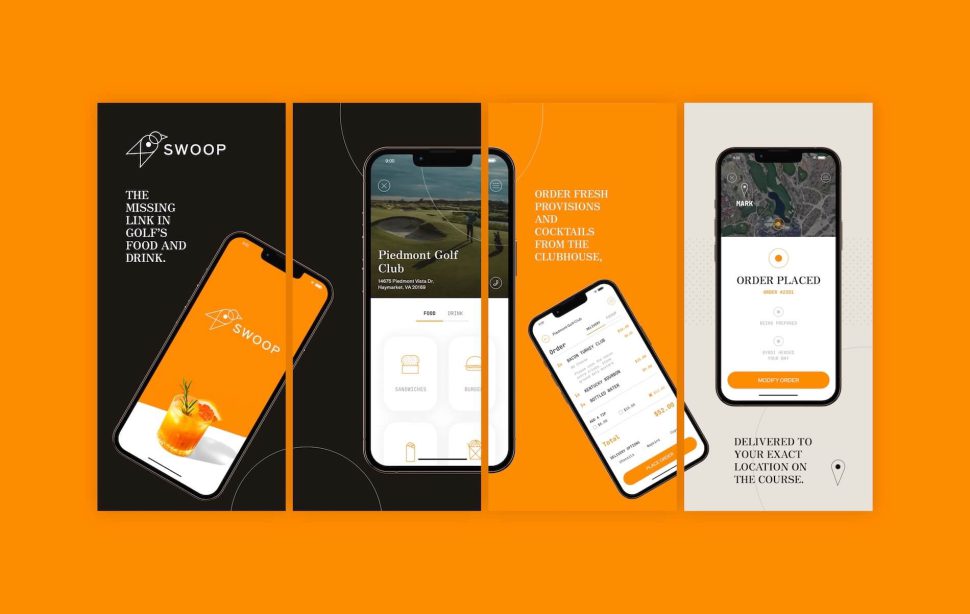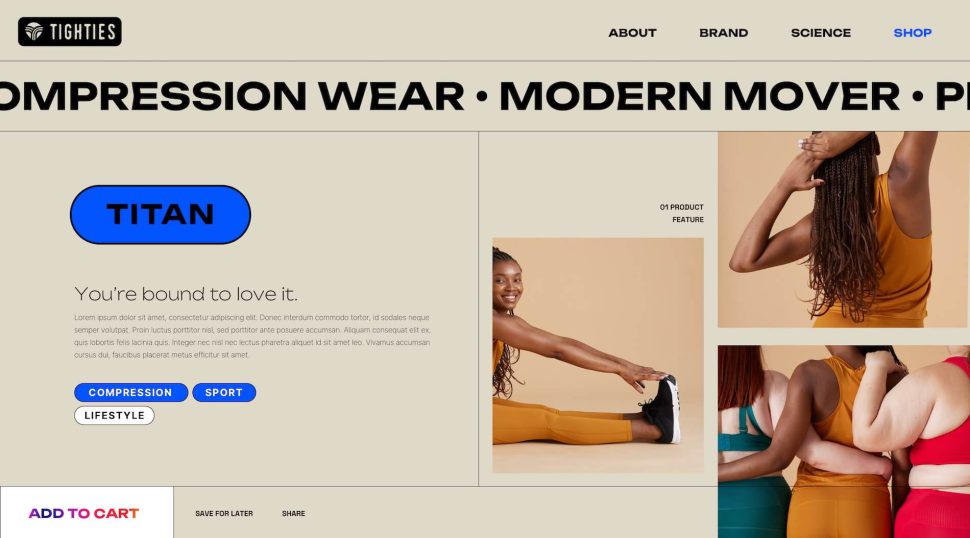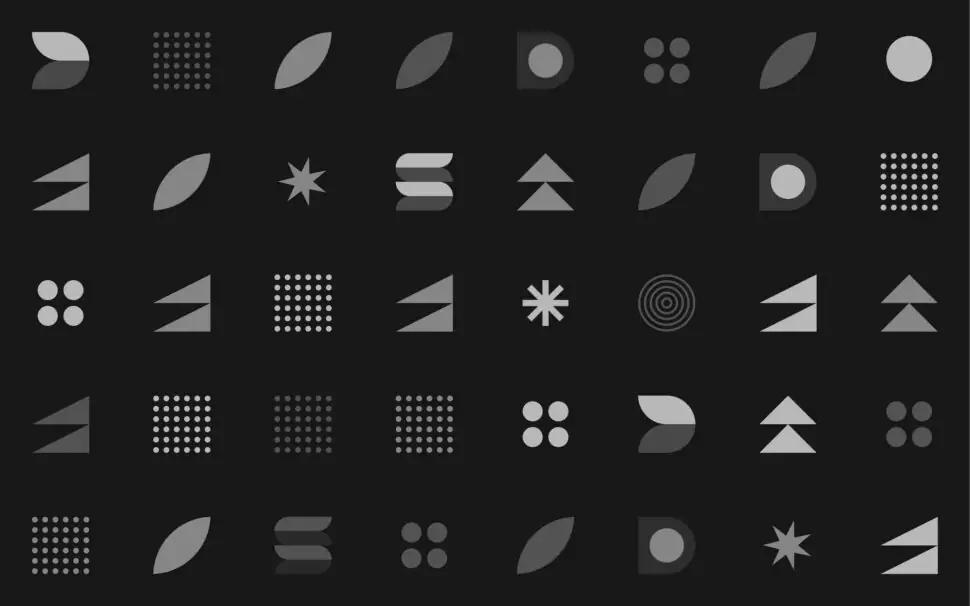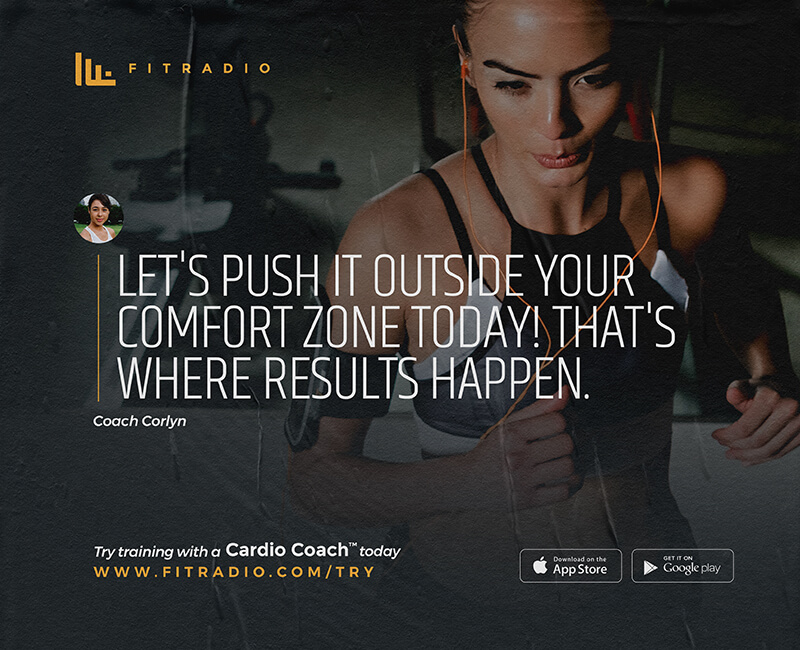
In advertising, layout plays a crucial role in capturing audience attention and conveying the intended message effectively. Whether it’s a print ad, a digital banner, or a social media post, the layout serves as the foundation upon which the entire advertisement is built. Let’s delve into the key features and strategies that contribute to a successful advertising layout.
Main Features of a Good Advertising Layout
A good advertising layout is visually appealing, strategically organized, and optimized for the target audience. Some essential features include:
- Clear Hierarchy: A well-defined hierarchy guides the viewer’s eye through the ad, leading them from the headline to the call-to-action (CTA) seamlessly.
- Visual Balance: Achieving balance in the layout ensures that elements such as text, images, and whitespace are distributed evenly, creating a harmonious composition.
- Relevant Imagery: Images and graphics should align with the message and target audience, enhancing comprehension and engagement.
- Readability: Text should be legible and concise, allowing viewers to grasp the message quickly without feeling overwhelmed.
- Consistency: Maintaining consistency in branding elements such as colors, fonts, and imagery strengthens brand identity and fosters brand recognition.
The 5 Parts of an Advertisement
The layout of an advertisement typically consists of the following components:
- Headline: The headline serves as the hook, capturing attention and enticing viewers to learn more about the offer or message.
- Body Copy: This is where the main message or value proposition is communicated. It should be clear, compelling, and tailored to resonate with the target audience.
- Visuals: Images, illustrations, or graphics complement the text and help convey the message visually. High-quality visuals can evoke emotions and enhance the overall impact of the ad.
- Call-to-Action (CTA): The CTA prompts viewers to take the desired action, whether it’s making a purchase, signing up for a newsletter, or visiting a website.
- Contact Information: Including contact details such as a phone number, website URL, or social media handles enables viewers to easily get in touch or learn more about the advertiser.
Structuring an Advertisement
The layout of an advertisement involves arranging the elements in a cohesive and compelling manner to achieve the desired outcome. Here’s a basic framework:
- Start with a Strong Headline: Grab attention with a catchy headline that highlights the main benefit or solution offered.
- Deliver the Message: Use the body copy to elaborate on the headline, addressing the target audience’s needs or pain points and showcasing the value proposition.
- Support with Visuals: Incorporate relevant visuals that reinforce the message and evoke the desired emotions or associations.
- Include a Persuasive CTA: Encourage action by clearly stating what you want the viewer to do next and emphasizing the benefits of taking that action.
- Provide Contact Information: Make it easy for interested viewers to get in touch or learn more by including contact details or a website URL.
Layout of Advertising Copywriting
Effective advertising copywriting involves crafting compelling and persuasive language that resonates with the target audience. Some key principles to keep in mind include:
- Clarity: Clearly communicate the message and benefits, avoiding jargon or unnecessary complexity.
- Emotion: Tap into the audience’s emotions to create a connection and drive action.
- USP Highlight: Highlight the unique selling proposition (USP) or key benefits that differentiate the product or service.
- Conciseness: Keep the copy concise and focused, eliminating unnecessary words or details.
- Call-to-Action: End with a strong call-to-action that prompts the reader to take the desired action.
You might like
By adhering to these principles and best practices, advertisers can create compelling layouts that effectively communicate their message and drive desired outcomes.
Graphic Design For Advertisements: What Not To Do offers valuable insights into common pitfalls to avoid in graphic design for advertisements. By learning from these mistakes, advertisers can refine their approach and create more impactful layouts.
In conclusion, mastering the layout of advertising requires careful planning, creativity, and attention to detail. By focusing on key features, structuring advertisements effectively, and refining copywriting skills, advertisers can create compelling layouts that capture audience attention, convey messages clearly, and drive desired actions.
Stay tuned for more tips and insights on optimizing your advertising efforts!

